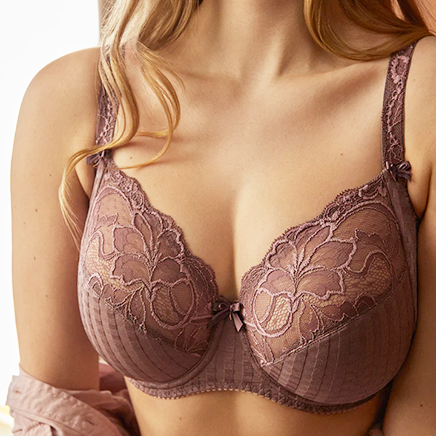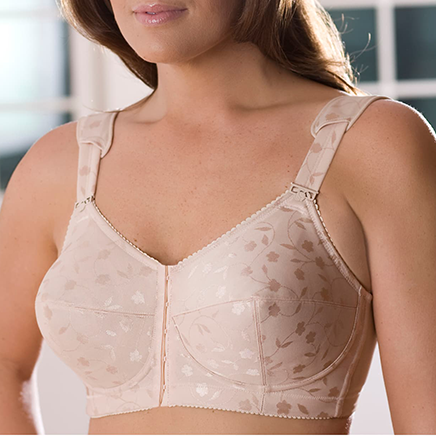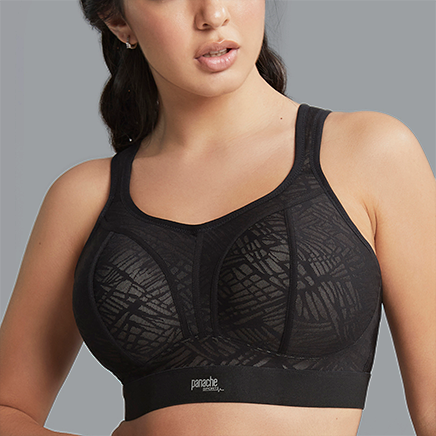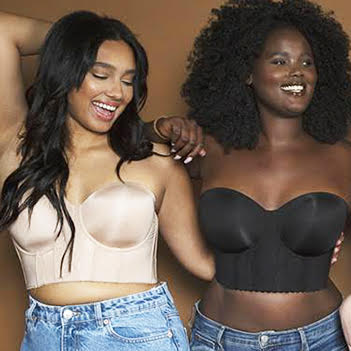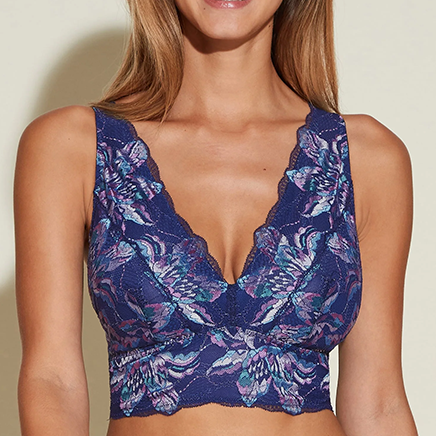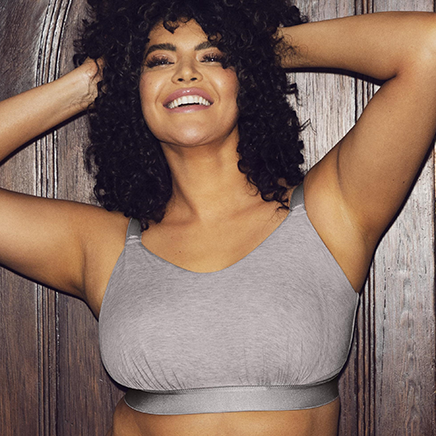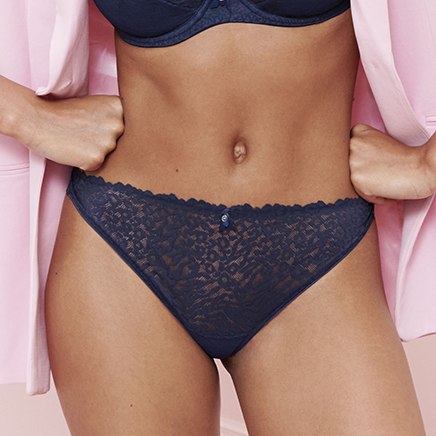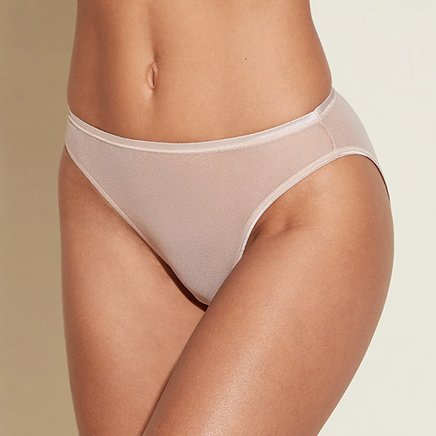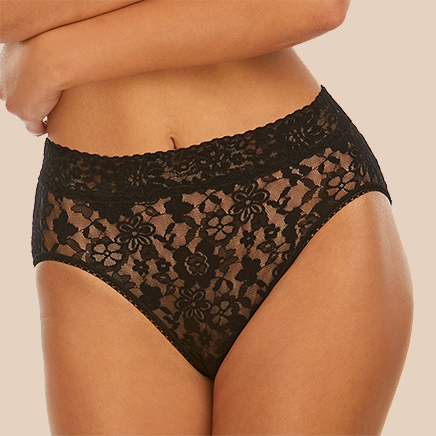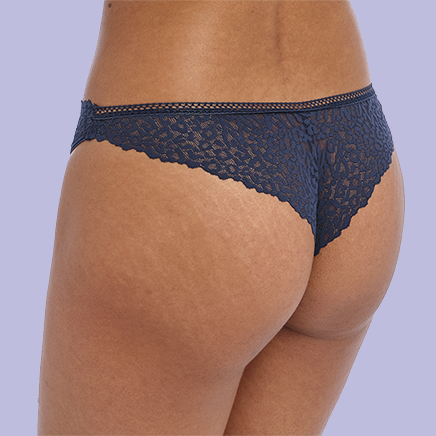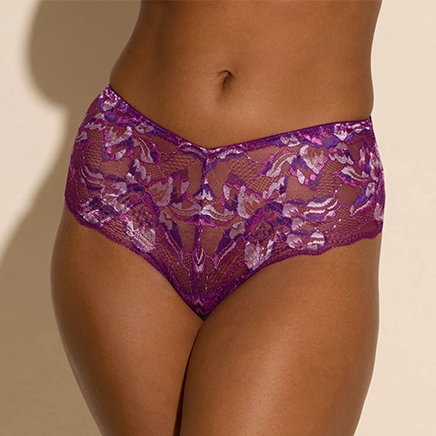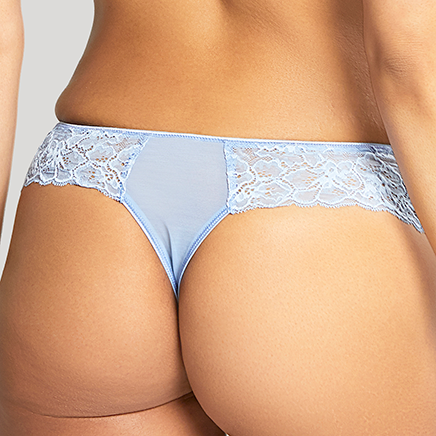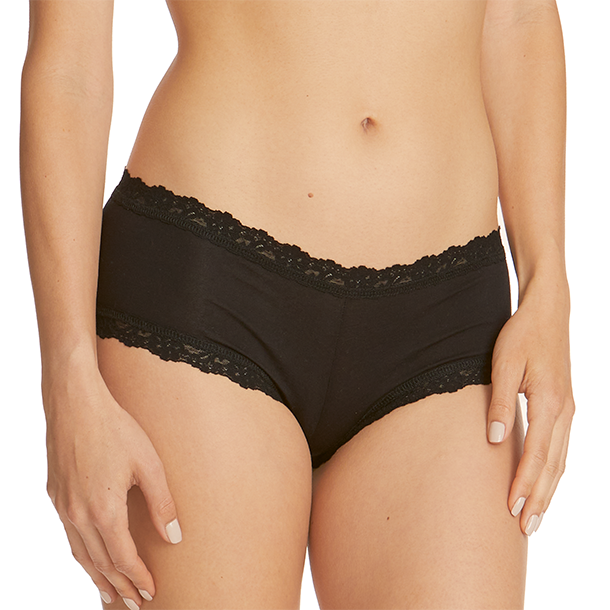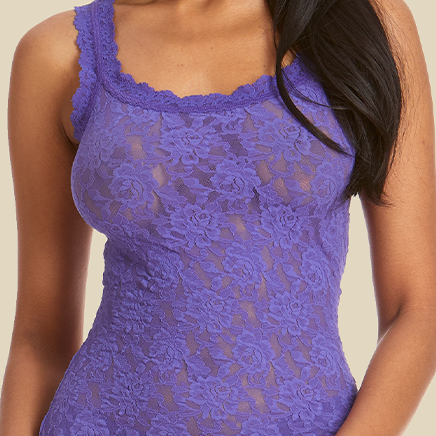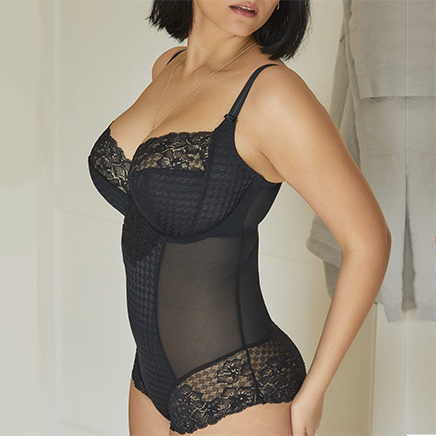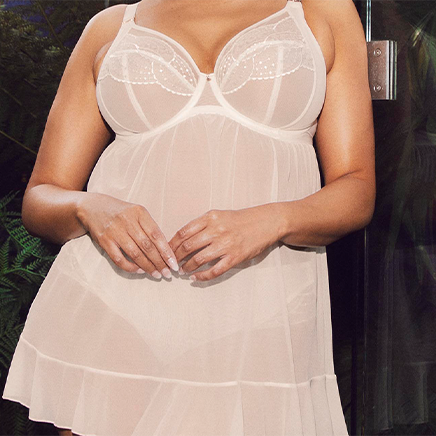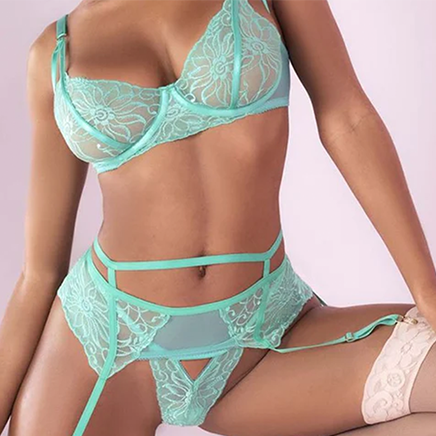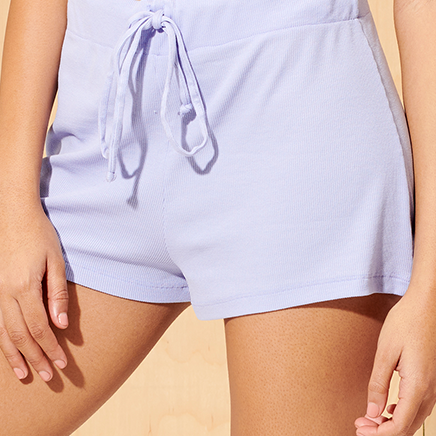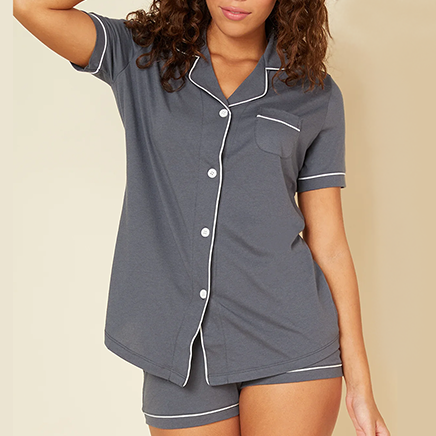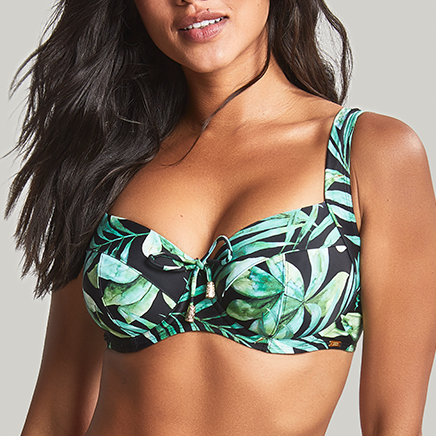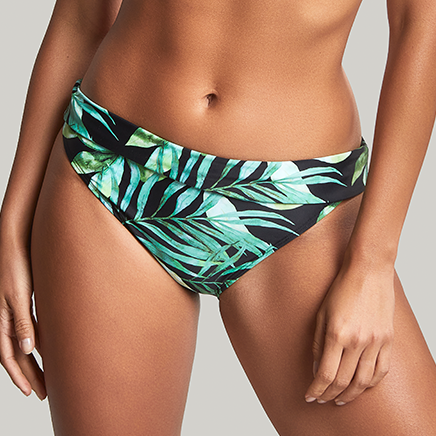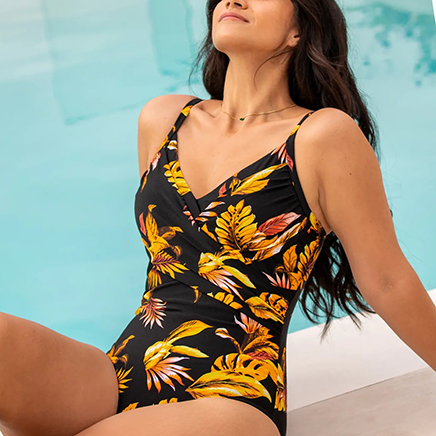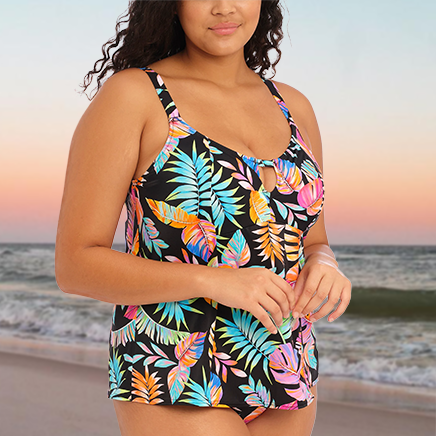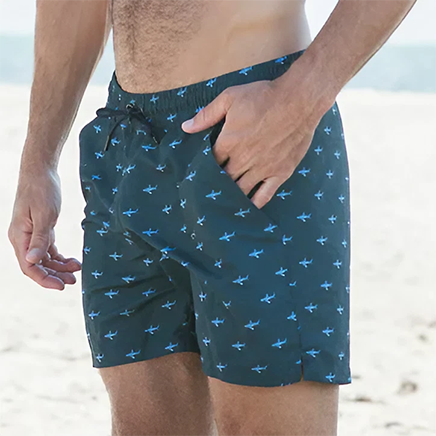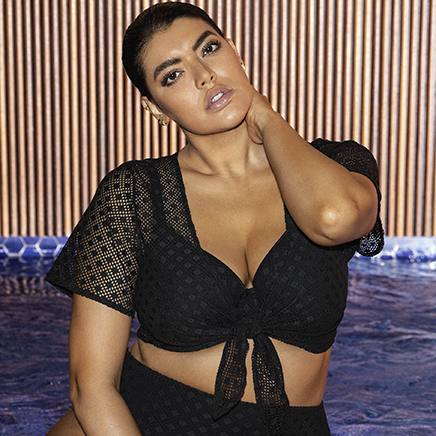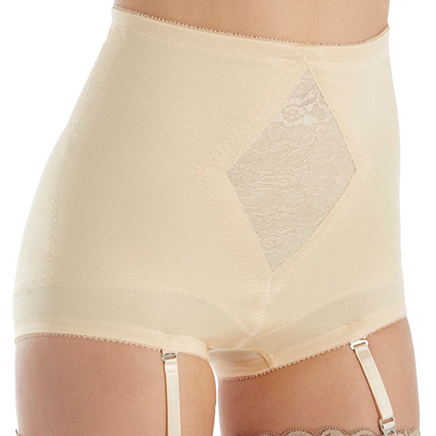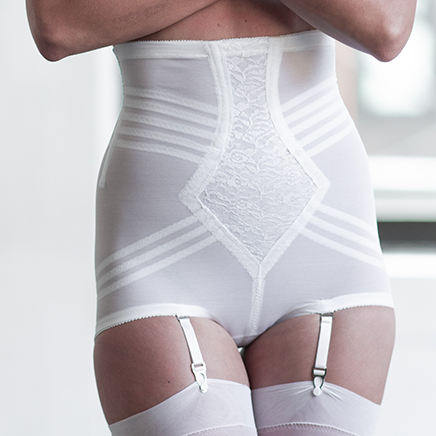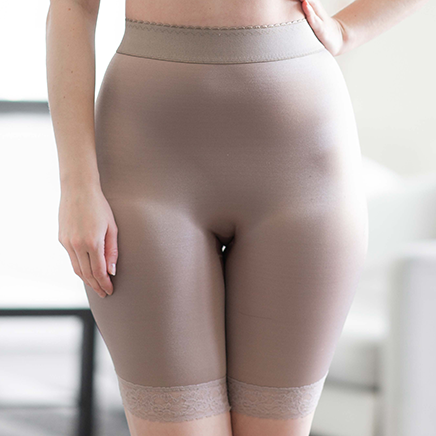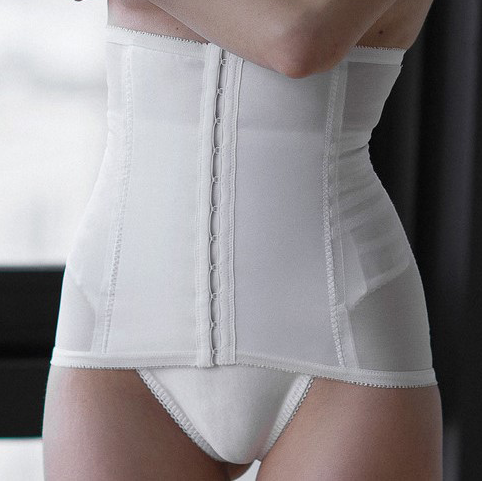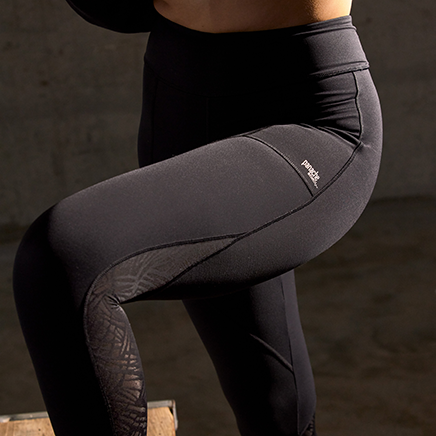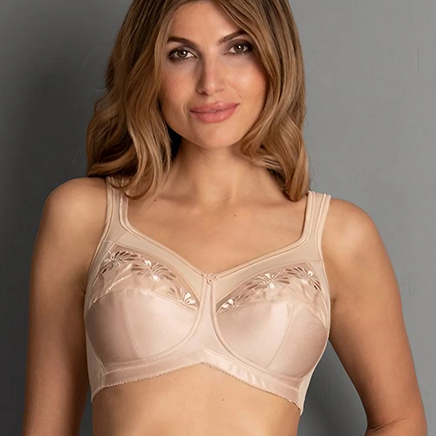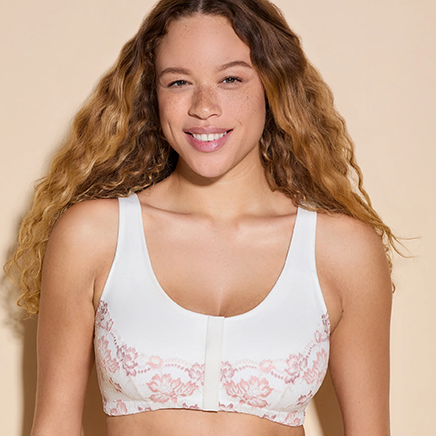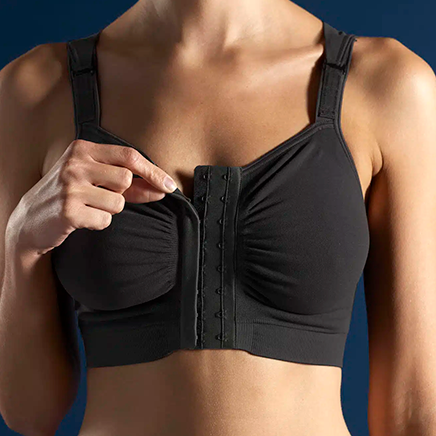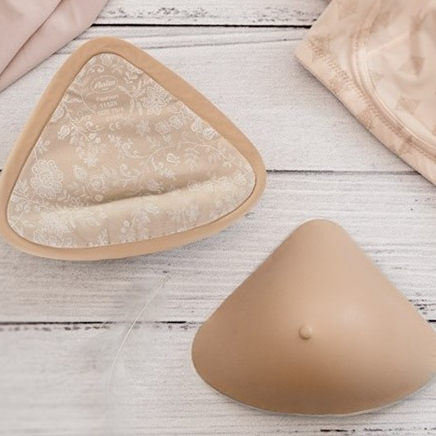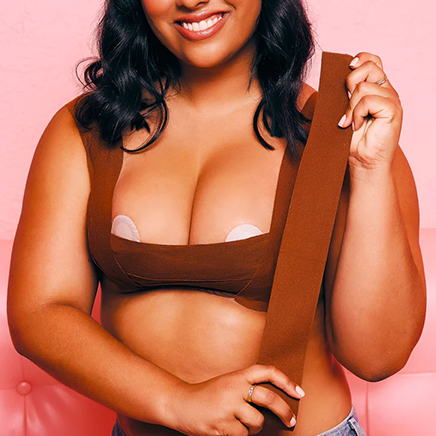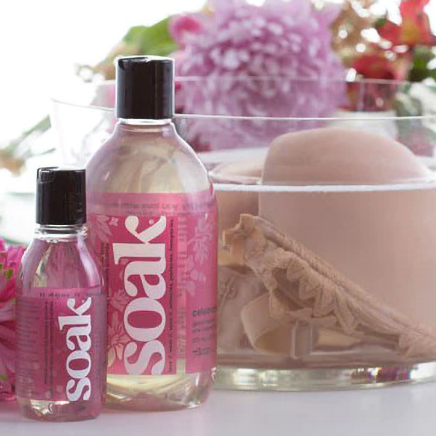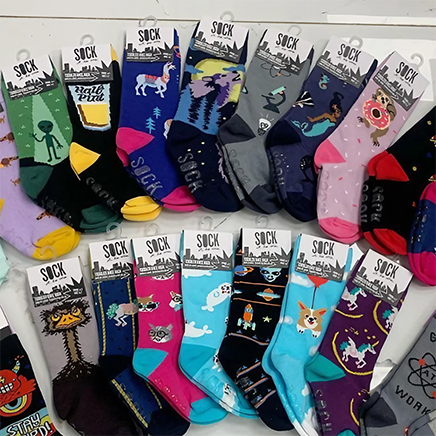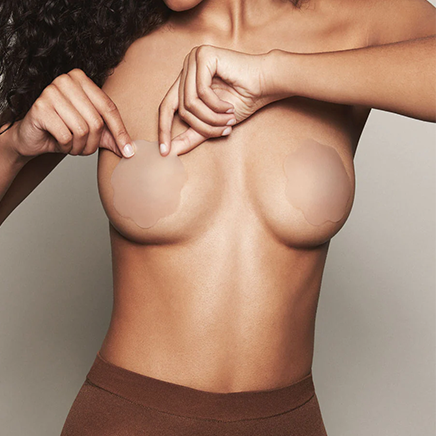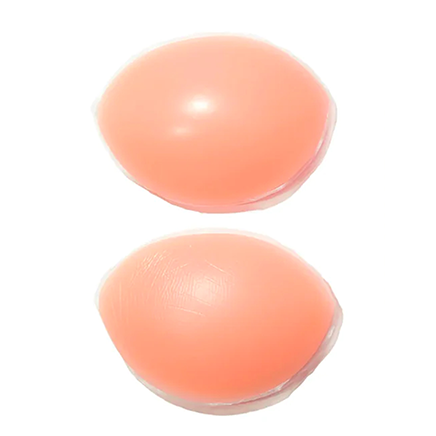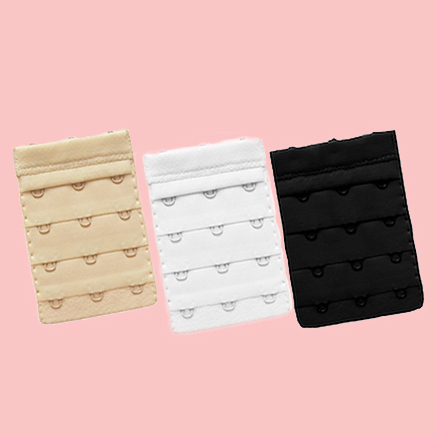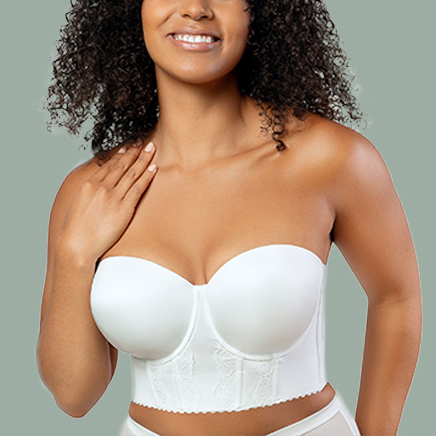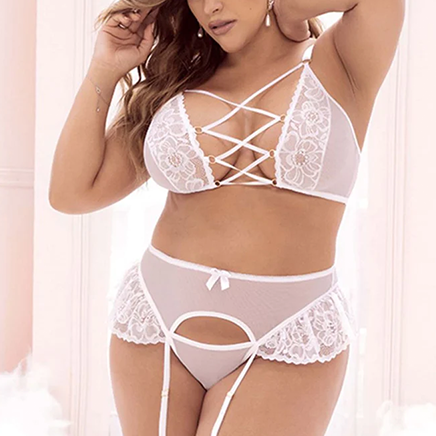This blog was originally posted on March 30th, 2016.
––
“I’m naturally a very confident person,” says Melissa Thomason, owner and founder of Breakout Bras. If you’ve ever met her in person, you know she means it. “I was very confident when I was fat. I’m intelligent, I’m successful. I was like, ‘Whatever,’ I couldn’t care less about being fat.”
You may already know part of Melissa’s story. She started Breakout Bras out of her living room in 2000 to help women find bras that actually fit, and the rest is history. What you may not know is that Melissa recently lost about 150 pounds, and she had to find bras that fit her all over again.
Today, Melissa sat down to talk about weight loss: the benefits, the troubles that go along with it, how it can affect a person’s confidence, and, of course, what it does to your bra size.
“I want to talk about my experience because a lot of women go through it,” she says. “Any kind of gain or loss can change the consistency of your breast tissue and the way your bra is going to fit. We get customers in the store every week who have gone through really drastic weight change.”
Today, Melissa weighs right at 200 pounds. Five years ago, at her heaviest, she weighed 352 pounds. Then, in her late thirties, she was diagnosed with type 2 diabetes. She immediately changed her diet, got her blood sugar under control, and lost seventy pounds over the course of a year. After that, she couldn’t lose any more weight, no matter what she did.

“For two and a half years, I was stuck at the exact same weight, give or take a pound or two. I felt like I was broken,” says Melissa. “My doctor felt I was a perfect candidate for surgery because I had lost the weight, I had changed my eating habits, and I just couldn’t lose any more. I was really adamant about doing it myself, and I did as much as I could, but my body totally refused to keep going. I had to make the hard decision to go forward with the surgery.”
Melissa was presented with three options for weight loss surgery: a gastric bypass, a lap band, or a gastric sleeve. She and her doctor decided on the sleeve because it’s a minimally invasive procedure with a high success rate and a lower risk of complications.

Since the surgery, Melissa has dropped an additional eighty pounds, for a total of 150. That’s more, she points out, than her teenage daughter weighs. Such extreme weight loss has its perks, but Melissa is more interested in discussing the aspects no one mentions.
“Of course there are obvious positives,” she says. “I can fit into so many clothes now. I buy clothes all the time. I’ve gained better health, a better body, and I do feel much better. There are downsides, however. There are things people struggle with. I don’t feel like that part gets talked about enough.”
Something as simple as going out to dinner with friends can become a stressful situation that can make people feel self-conscious or isolated. “There’s a social aspect to eating,” says Melissa. “I couldn’t go out to a restaurant and do the same thing my friends were doing. After the surgery my stomach could only handle very small portions. It makes going out with friends a very different experience.”
Weight loss can affect sexual health too. People often find they feel more sexual after radical weight loss, partly because they feel better about their bodies and partly because of changing hormones. The opposite happened to Melissa, and she points to the dramatic changes in her breasts as the reason.
“I’ve always had pretty big boobs, even when I was young and thin,” she says. “Now they’re mostly skin. I’ve had problems with sex since the surgery because I’m not confident about my boobs anymore. I don’t like for my husband to really even touch them now.”
Her husband, she says, has been incredibly supportive from the beginning.
“Jim met me when I was young, tall and hot. He’s been with me the whole time,” she says. “He was there through the weight gain and he was very patient through the process of losing it. He never made me feel less attractive. He’s been an awesome support system for me.”
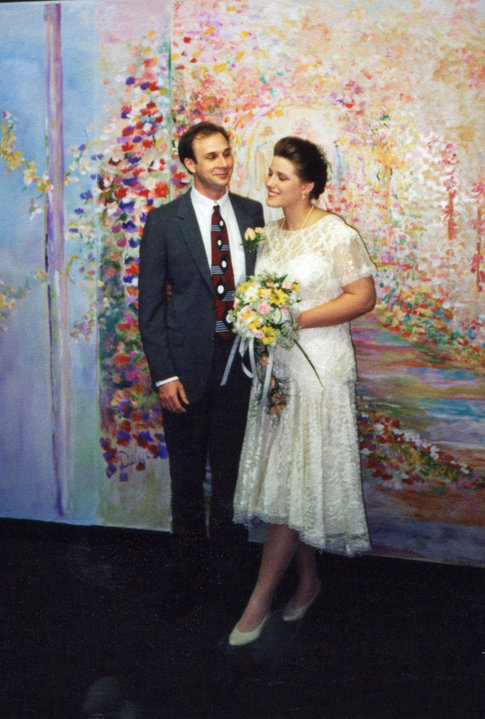
One of the biggest challenges Melissa faced was finding a bra that fit her new body shape. She started Breakout Bras because she had trouble finding her correct size in department stores. In order to feel better about her breasts, she once again needed to find a bra that fit. She had worn the Panache Tango II almost exclusively for years, but after she lost the weight, the Tango didn’t work for her anymore.
“Before I had the surgery, my cup size was technically bigger than a K, and the Tango was the only bra that could really accommodate me,” she explains. “Afterwards, I had no mass left in my breasts, and the Tango was just too full at the top. It didn’t have enough support on the bottom of the cup. I needed a bra that really jacked me up.”

What came next was a period of trial-and-error. Even though Melissa has been a professional bra fitter for the better part of two decades, it took her quite a while to figure out what worked for her new body shape.
“I’ve been in the bra industry for seventeen years. This is what I do. If it was a challenge for me to figure out what was going on with my body, I can only imagine how hard it might be for someone who isn’t quite as familiar with the fitting process.”
Her advice to women struggling to find a bra after extreme weight change—be it loss or gain—is to think outside the box.
“What you were doing in the past is not necessarily going to work for you now,” she says. “You might have to go for a style that hasn’t worked before, or something completely different from what you’re used to. ”

It’s a lesson she learned the hard way. At first, Melissa was determined to stick with her trusty Tango. She tried moving to a smaller cup, hoping to fill it up better, but still wasn’t getting the results she wanted. Then she tried changing band sizes with little success. Even in the correct band size, the Tango was no longer doing a good job of supporting Melissa’s breasts. She was forced to try other styles.
“I ended up in a Panache Jasmine, which had always been painful for me before. It just wasn’t a good everyday bra for me before the surgery. Now it works. It’s all about the shape. The Tango spreads me out and makes my chest look bigger, but not in a flattering way. The Jasmine gives me the lift I need, and it’s containing enough on the sides.”

And what does Melissa want people to learn from her experience?
“Start from scratch. Seriously,” she says. “I was convinced I should stick with what had worked for me before, and it took me forever to find something that worked. Don’t try to adjust your old measurements. Get new ones.”
Moreover, Melissa wants people to know that numerical measurements are not the ultimate indicator of a good fit. Because the shape and consistency of a woman’s breasts is so intrinsically linked to her weight, it’s often a question of style.
“Roughly every 30 pounds lost is a band size,” says Melissa. “Women who experience rapid weight loss—say 60 or 90 pounds within a few months—usually don’t lower their band size enough. At my heaviest, I wore a 36. When I started losing weight, that number dropped way faster than I expected. I tried a 34 and a 32 when I really needed a 30. Even then, the Tango didn’t work because my boobs were different than before.”
Melissa wore a 36K before her procedure. She is currently in a 28JJ or 28K depending on the style (though the Jasmine stops at a 30 band), but says she’ll need a much smaller cup in the future.
“I’ll eventually have my breasts done,” she says. “I don’t want implants or enhancements, I just want to get them lifted and have the excess skin removed. Right now, I’m filling maybe five cup sizes with nothing but skin. After corrective surgery, they’ll be significantly smaller, probably in the GG area.”
“I have a lot of excess skin,” she continues, holding up her arms to demonstrate. “It’s here, it’s on my legs, it’s on my stomach. Being 5’11” helps me carry it pretty well, but I’m going to get a lot of it removed. People who have that follow-up done are more successful long-term with keeping the weight off.”

Melissa has been off diabetes medication for a year and a half, and she hopes to see a change in the way physicians diagnose diabetes.
“They could have told me I was diabetic twenty years earlier if there were different criteria for diagnosing it,” she says. “My blood sugar was normal, but my body was producing huge amounts of insulin to keep it that way. That’s a red flag.”
Unusually high insulin levels may indicate insulin resistance, a symptom of prediabetes, but only a handful of specialized physicians diagnose this way. If it’s caught early, prediabetes can be reversed before it develops into type 2 diabetes. Had Melissa known she was at risk, she could have implemented lifestyle changes sooner and avoided a diagnosis altogether.
“I got past the point where I could heal myself,” she says. “In the future, I’d like to start some sort of campaign so other people don’t get to that point.”
In the meantime, Melissa and her team will continue helping women everywhere figure out their fit, no matter how their bodies change. “I had to get out of my comfort zone to find something that worked,” she says. “That’s what I want to help other people do.”










